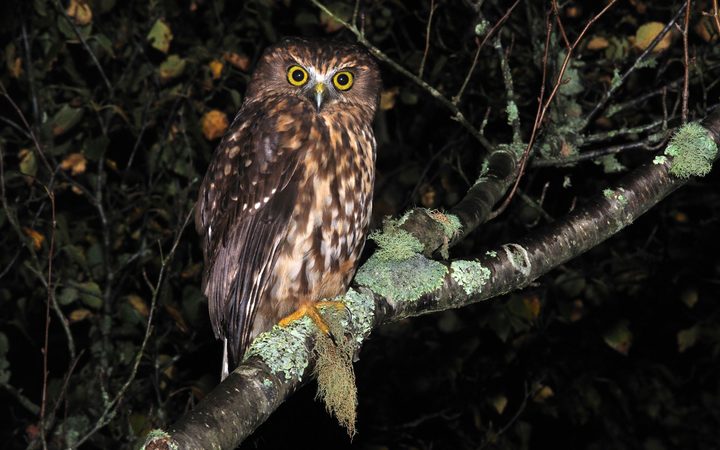Birds call out 1080 silent forest claim
The use of 1080 for pest control is supported by a range of conservation and farming organisations, but opponents claim forests fall silent when the poison is dropped, saying this is evidence of harm to native bird communities.

To investigate, Roald Bomans used bioacoustics to listen to the sound of native bird species in the Aorangi Ranges in June and the Rimutakas in July.
Bomans, a Victoria University Masters student, set up recording units in the forests five weeks before and after the 1080 aerial drops.
In the Aorangi area, there was no increase in the periods the forest was silent, and in the Rimutakas there was more birdsong after the toxin drop than before.
Bomans developed an algorithim to isolate particular bird calls within the enormous amount of data collected, focusing on moreporks.
Including a third set of data over a longer time period, the results suggested an overall positive effect from 1080 mammal control on the morepork population.
The assumption is the recorded calling rate is linked to how many birds are present, but Bomans says that still has to be tested.
He selected morepork partly because they're susceptible to secondary poisoning; when birds die from eating poisoned invertebrates or rodents.
But he says the recording technique is limited to species that, like the morepork, call often and would be difficult to apply to more naturally silent birds such as the New Zealand falcon.
